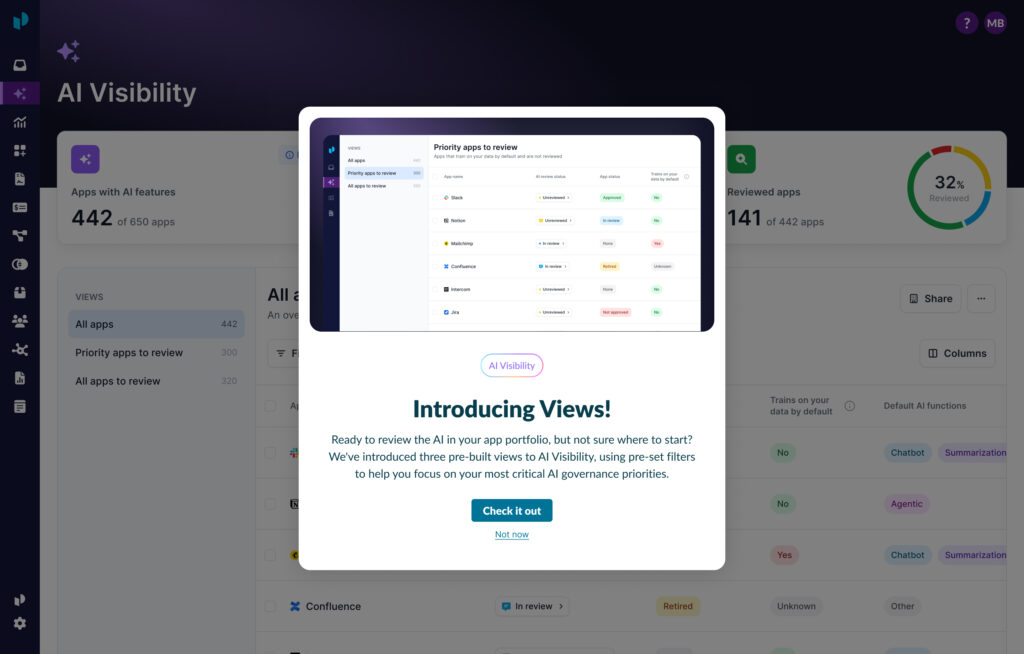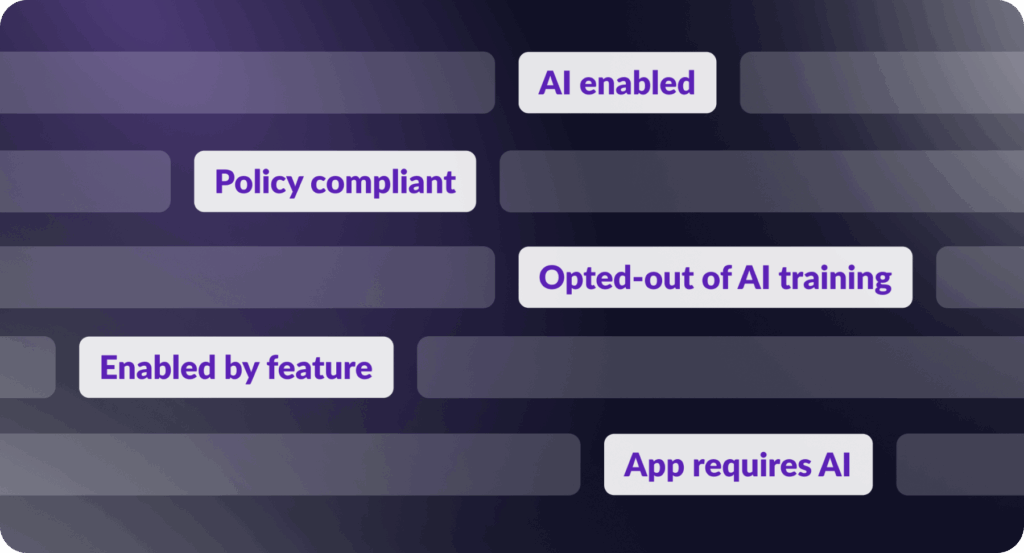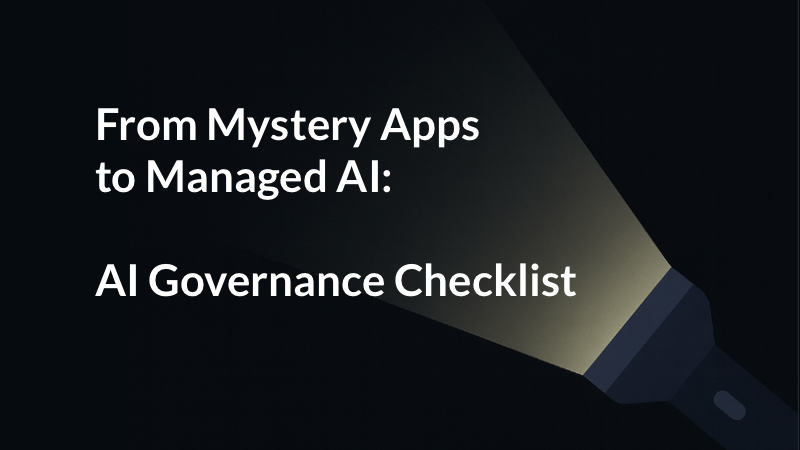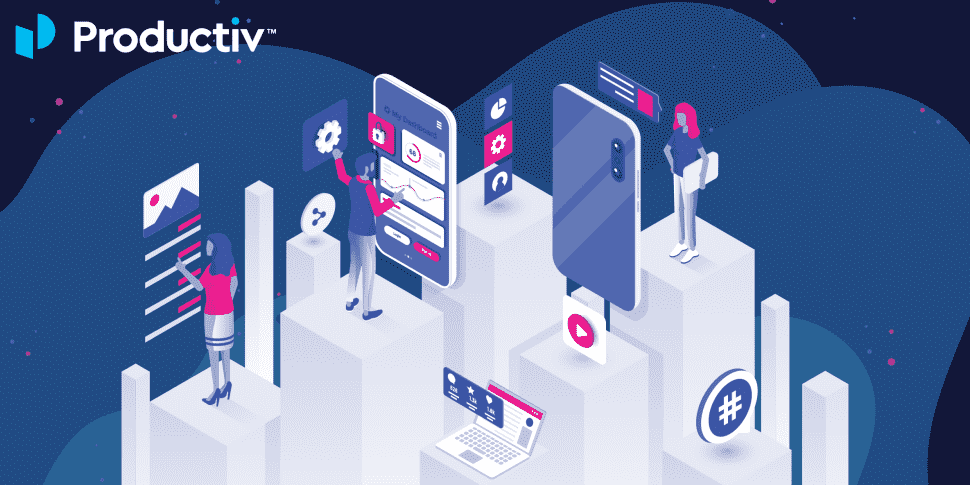
How SaaS Management, SSO, and CASB Can Work Together
As IT departments are increasingly taking on more responsibility, it’s imperative they have the right tool suite to manage IT operations. IT leaders must contend with security and data access both inside and outside the organization, along with supporting the employee experience and managing IT-related costs.
Three of the most sought-after tools to help with all of the above are:
- SaaS Management Platform (SMP)
- Single Sign-On (SSO) platform
- Cloud Access Security Broker (CASB)
There’s some overlap between each of these tools, but their unique strengths enable them to multiply the strengths and value of the others. Let’s look at the role of SMP, SSO, and CASB and how organizations can combine the three to support their IT management.
The Role of SaaS Management
SaaS management tools like Productiv serve multiple purposes in IT organizations. Simply put, SMPs are designed to reduce IT risks and complexities by improving visibility into SaaS applications across the organization. IT teams rely on SaaS management tools to help reveal shadow IT practices and gain insight into SaaS apps at the feature and user levels.
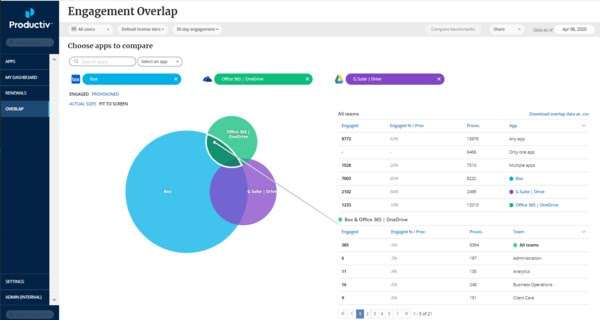
For example, Productiv can help IT teams identify the specific features of an app that are being used and how those features support certain roles within the company. With this level of detail, companies can better right-size their app licenses, reduce software costs, eliminate app redundancies, and get more value from their software tools. SaaS management is first and foremost about SaaS, not what’s happening on the network. However, SaaS management data is enriched with identity data and network data. Each of these areas contributes to a fuller picture so that IT teams can cross-reference data and better understand what’s happening on the network.
What Is SSO?
SSO platforms are an essential piece of the network security puzzle, as well as the user experience. When an employee uses their login details to access company-sponsored software, they can access multiple tools with just one set of credentials. This is a huge time-saver compared to logging into 10 tools using 10 different sets of credentials over the course of a workday.
The Benefits of SSO
SSO promotes a secure platform using a single tool. It’s the one place where you can find all of your apps at any time, which becomes increasingly important as you grow and invest in more apps. SSOs typically include a universal directory so that IT teams can see demographic data behind each user, user access by role, and other essentials. With this data, companies can manage the entire employee software lifecycle, including provisioning and de-provisioning software access.
Using an SSO doesn’t only offer security benefits, it also helps IT to run more smoothly. Best-of-breed SSO platforms will offer team or group capabilities so that batch actions can be taken based on user role, department, or other details. This helps IT make employees productive on the very first day of work while simplifying the user experience.
CASB’s Role in IT Operations
A Cloud Access Security Broker, commonly referred to as CASB, is cloud-hosted software that acts as an intermediary between cloud service providers and users. This tool surfaced alongside shadow IT and the increased need for visibility and software app management. Some of its core functionality continues to center around uncovering shadow IT, but it’s also beneficial for monitoring web traffic and improving security.
Why Do Organizations Need CASB?
Organizations are increasingly turning to CASB providers like Netskope to enforce security policies and address the risks of cloud services. CASB plugs into your cloud apps to help you get data logs and understand how those apps are being used, as well as draw data from endpoints and your network.
An Expert Look at CASB
CASB’s strengths lie in its data collection and collation processes, according to Dave Lavelle, Head of IT here at Productiv.
“CASB is great for helping IT teams see things from multiple vantage points and get a fuller picture of their network. For example, you can see that an employee has logged into Google Workspace through the API, you know which machine it was, and you know it was in the office. This level of detail enriches your data by pulling a lot of different sources together.”
Dave also looks at CASB’s benefits from a lens of data loss prevention:
“Once you determine the activities of a user, such as publicly sharing a folder on Google Drive, it becomes a Detect, React, Respond type of approach. IT can detect these activities and then decide how to fix it so that resources do not become compromised.”
Combining SaaS Management, SSO, and CASB
SaaS management, SSO, and CASB are not mutually exclusive. Rather, each tool’s abilities are amplified when combined with the others. Together, they provide enhanced security, discovery, and oversight of your business applications and network.
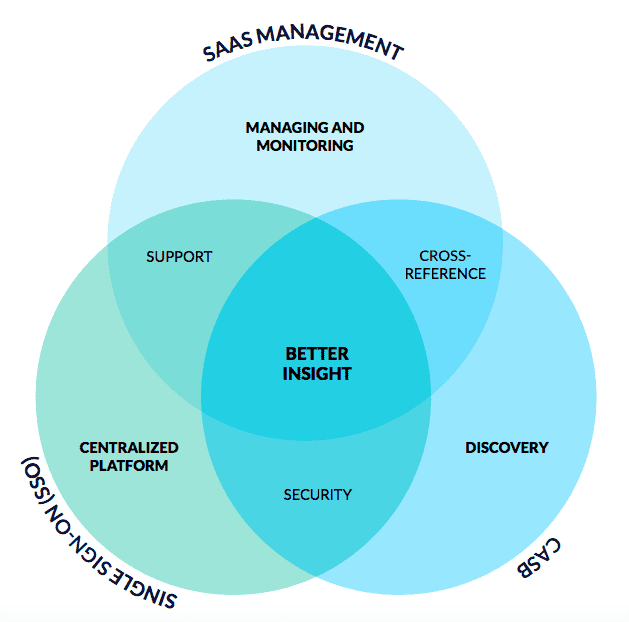
For example, Productiv SaaS management gives IT departments feature-level information they can sync up with SSO data to improve app access and security. This helps to transform workflows that consider specific features and not just login data. Productiv also boosts SSO by helping to uncover shadow IT, which reveals new opportunities for innovation, cost savings, and security improvements.
SaaS management also pairs well with CASB by providing another source to discover new apps, cross-reference network activities, and identify potential security issues with SaaS apps. Organizations can reduce their attack surface by informing their decisions with CASB and data derived from a SaaS management platform.
To learn more about how these tools can work together, check out our free eBook on SaaS management, SSO, and CASB.
About Productiv:
Productiv is the IT operating system to manage your entire SaaS and AI ecosystem. It centralizes visibility into your tech stack, so CIOs and IT leaders can confidently set strategy, optimize renewals, and empower employees.

